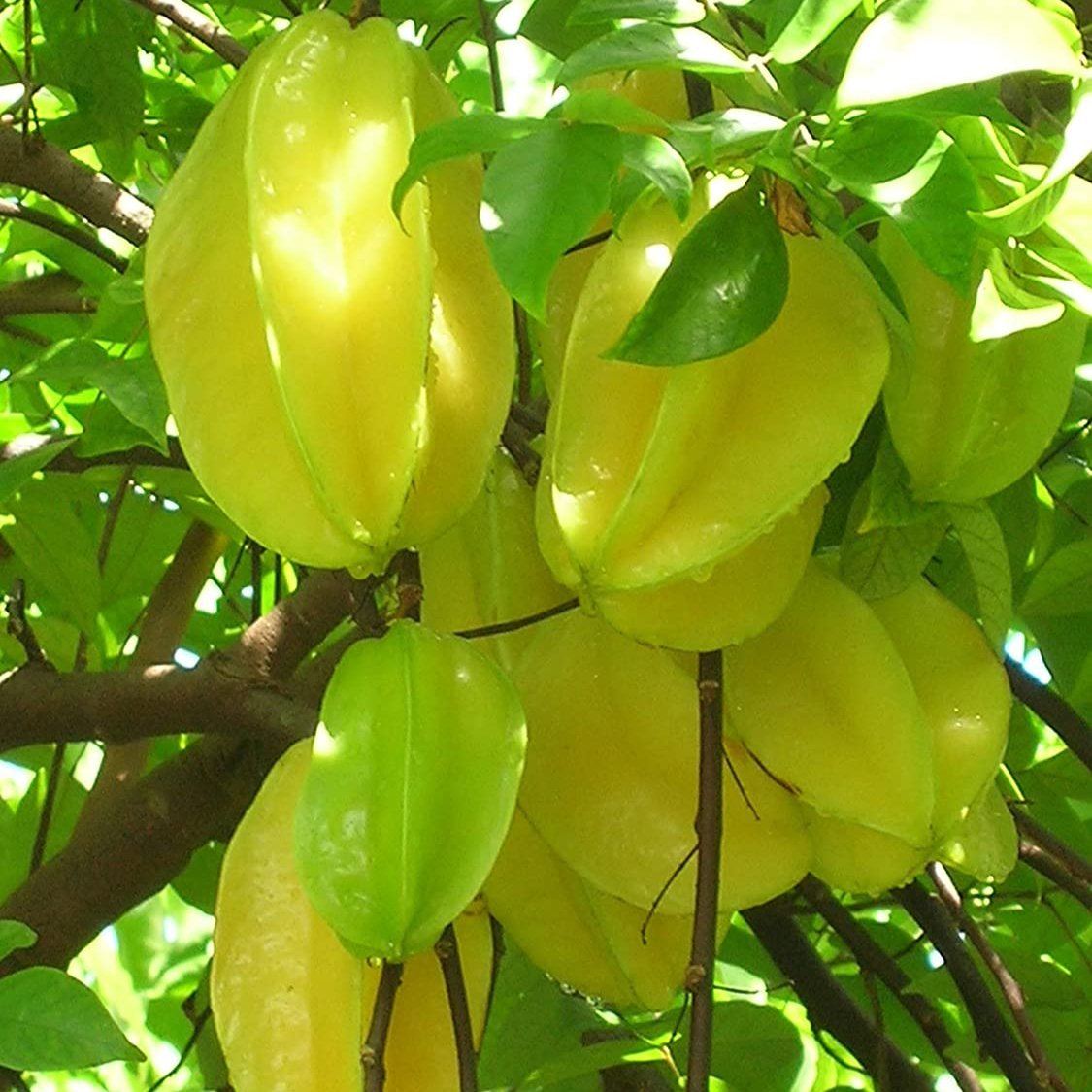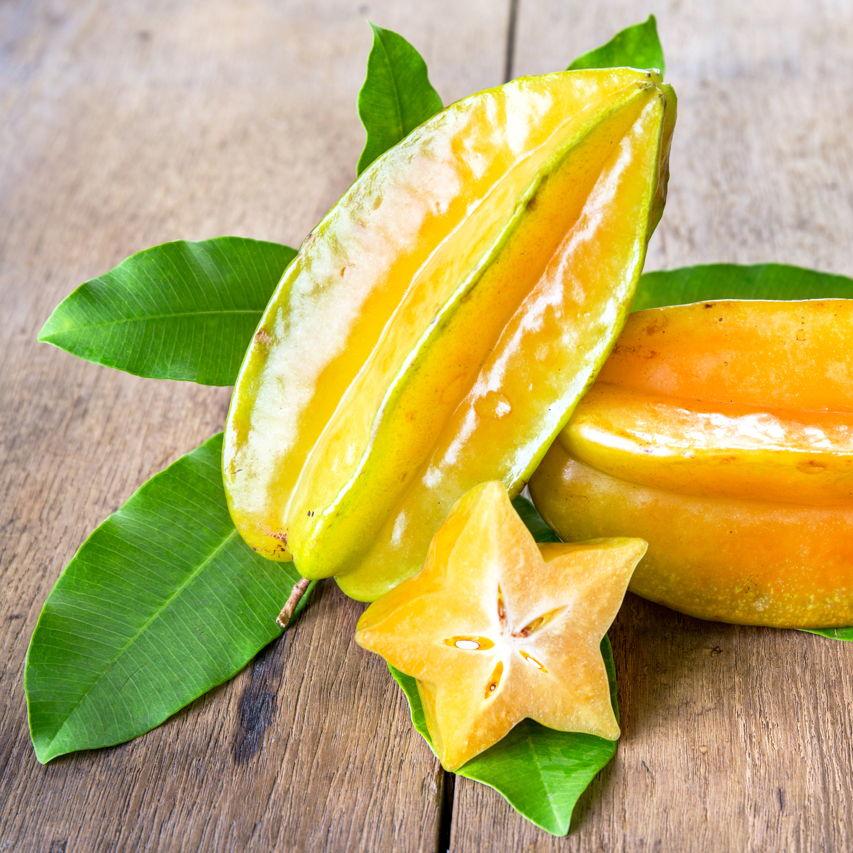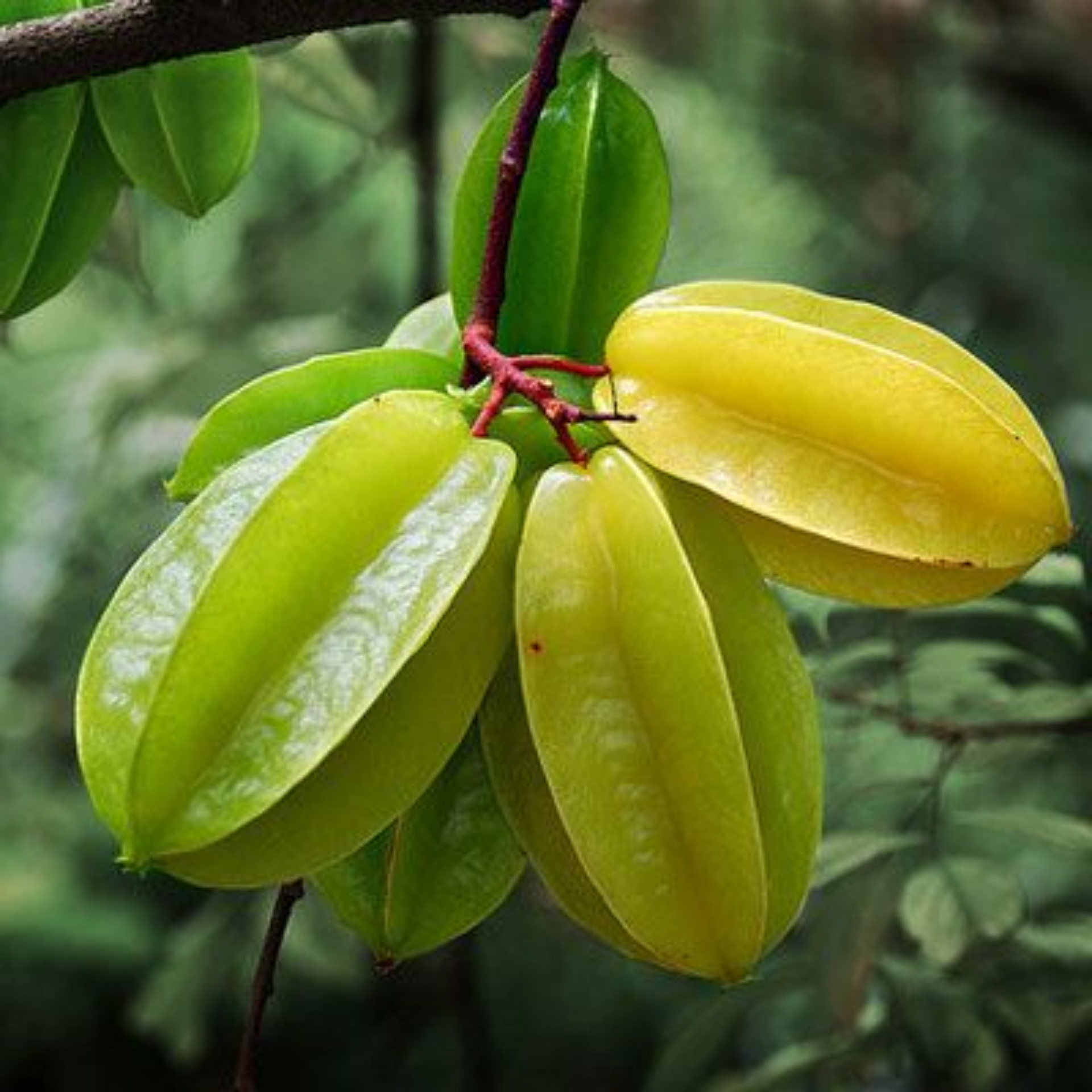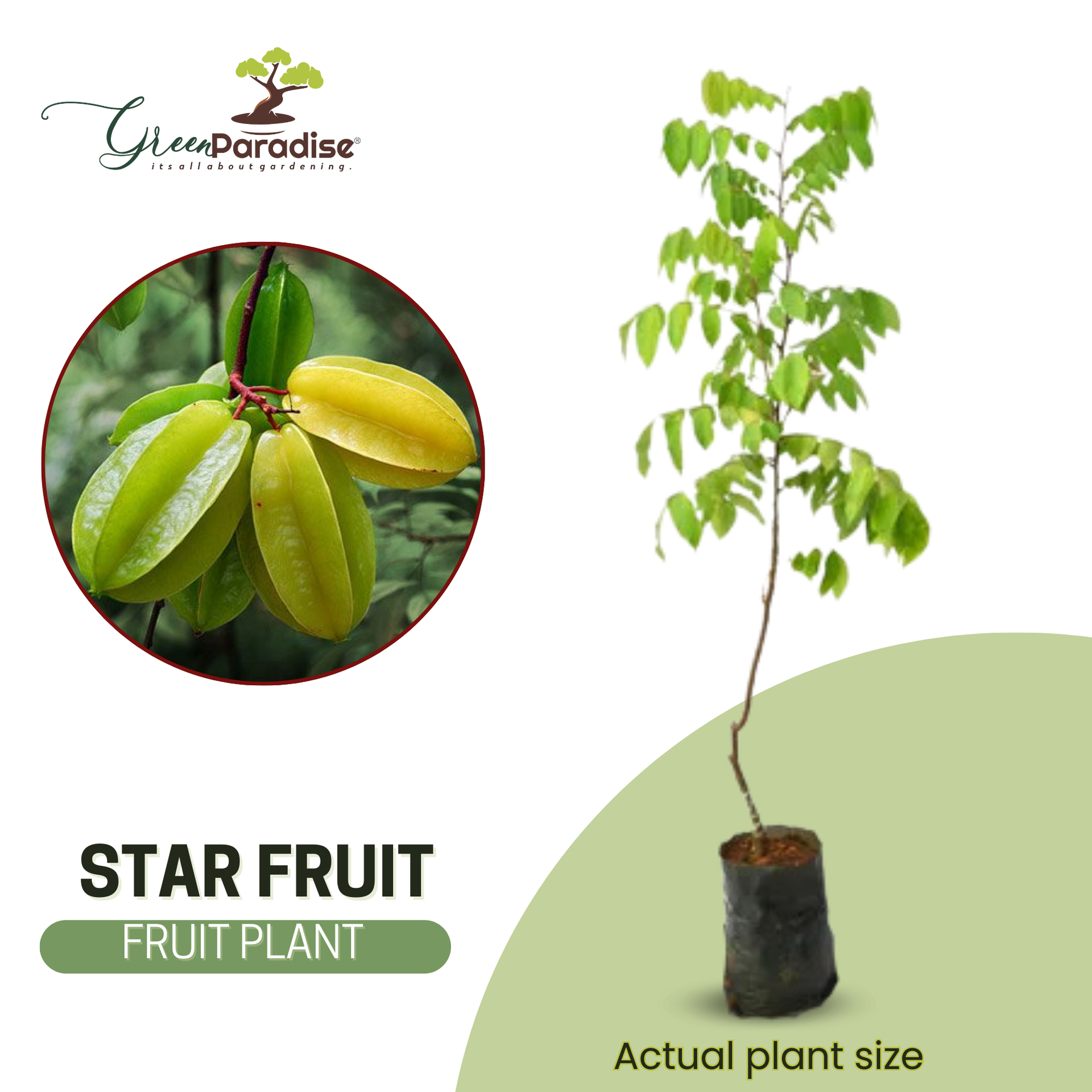Nature's bounty never ceases to amaze, and among its countless wonders, the sweet star fruit plant stands out as a true gem. Known for its unique shape, delightful taste, and numerous health benefits, this tropical fruit-bearing tree has captured the hearts of both culinary enthusiasts and health-conscious individuals alike. In this article, we delve into the captivating world of the sweet star fruit plant, exploring its origins, cultivation, culinary uses, and health advantages.
The sweet star fruit, scientifically known as Averrhoa carambola, is a delightful and exotic tropical fruit that captures the imagination with its unique star-like shape when sliced. Originating from Southeast Asia, this fruit has gained popularity worldwide due to its refreshing taste, low-calorie content, and abundance of nutrients. If you've ever wanted to grow your own sweet star fruit plant and savor the delectable harvest, this comprehensive guide will provide you with the essential steps and tips to successfully cultivate this fascinating fruit tree.
- Selecting an appropriate location for your sweet star fruit plant is crucial for its healthy growth.
- Ideally, the plant thrives in warm, tropical climates with temperatures ranging from 65°F to 85°F (18°C to 30°C).
- It requires full sunlight exposure, so choose a spot in your garden or backyard where it can receive at least 6 to 8 hours of direct sunlight each day.
- Ensure the location is sheltered from strong winds, as the plant's delicate branches may be susceptible to damage.
- Sweet star fruit plants prefer well-draining and slightly acidic to neutral soil with a pH level between 5.5 to 7.5.
- Conduct a soil test to determine the pH level and amend the soil as necessary to achieve the desired range.
- Adding organic matter, such as compost or well-rotted manure, helps improve soil fertility and structure, facilitating better root growth.
- In warmer regions, sweet star fruit plants can be grown outdoors throughout the year.
- However, if you live in a region with colder temperatures, it is advisable to plant them during the warmer months to avoid frost damage.
- Dig a hole that is twice the size of the root ball of your young plant.
- Gently remove the plant from its container, being careful not to disturb the roots, and place it in the hole.
- Backfill with soil and water thoroughly to eliminate air pockets around the roots.
- Consistent and appropriate watering is vital for the growth and development of your sweet star fruit plant.
- While it enjoys regular watering, it's crucial not to let the plant sit in waterlogged soil, as this can lead to root rot.
- During the dry season, increase watering frequency, making sure the soil remains consistently moist but not overly saturated.
- To encourage robust growth and fruit production, fertilize your sweet star fruit plant every 4 to 6 weeks during the growing season (spring and summer).
- Choose a balanced fertilizer or one specifically formulated for fruiting trees and follow the manufacturer's recommendations for application.
- Avoid over-fertilizing, as excessive nutrients can harm the plant and result in fewer fruits.
- Pruning your sweet star fruit plant is essential to maintain its shape, remove dead or diseased branches, and promote better air circulation.
- When the plant is dormant, typically in late winter or early spring, prune.
- Remove any crossing or crowded branches and trim the tree's canopy to maintain a manageable height.
- Sweet star fruit plants are relatively resilient against pests and diseases.
- However, keeping a watchful eye is necessary to address any issues promptly.
- Aphids, scale insects, and fruit flies are examples of typical pests.
- Use organic pest control methods whenever possible to protect the environment and avoid harmful chemical residues on the fruits.
- Cultivating a sweet star fruit plant can be a rewarding and enjoyable experience.
- By choosing the right location, preparing the soil, and providing proper care and maintenance, you can watch your plant flourish and eventually yield a bountiful harvest of delectable star-shaped fruits.
- Remember to be patient, as these tropical plants take time to establish themselves fully.
- With dedication and love, your sweet star fruit plant will become a cherished addition to your garden, offering sweet rewards for years to come.
Happy gardening!









